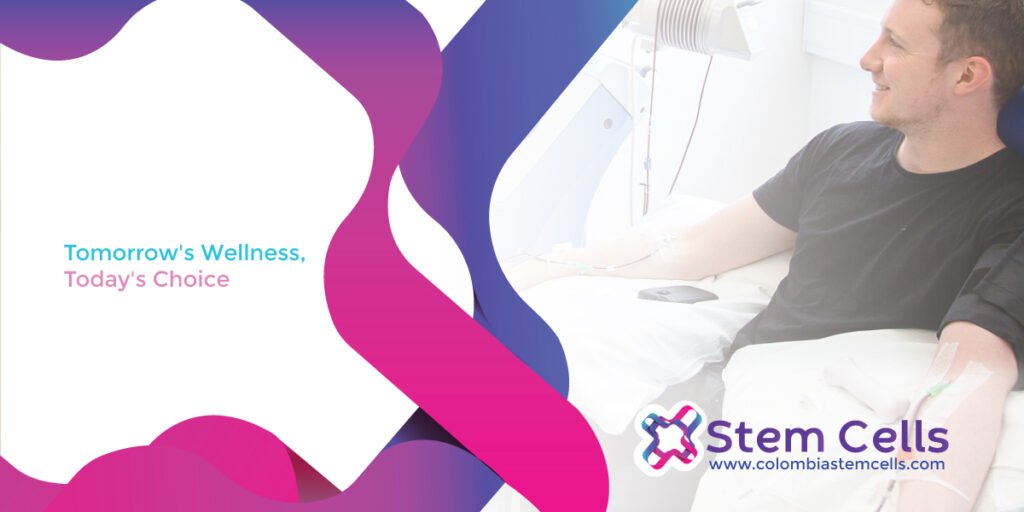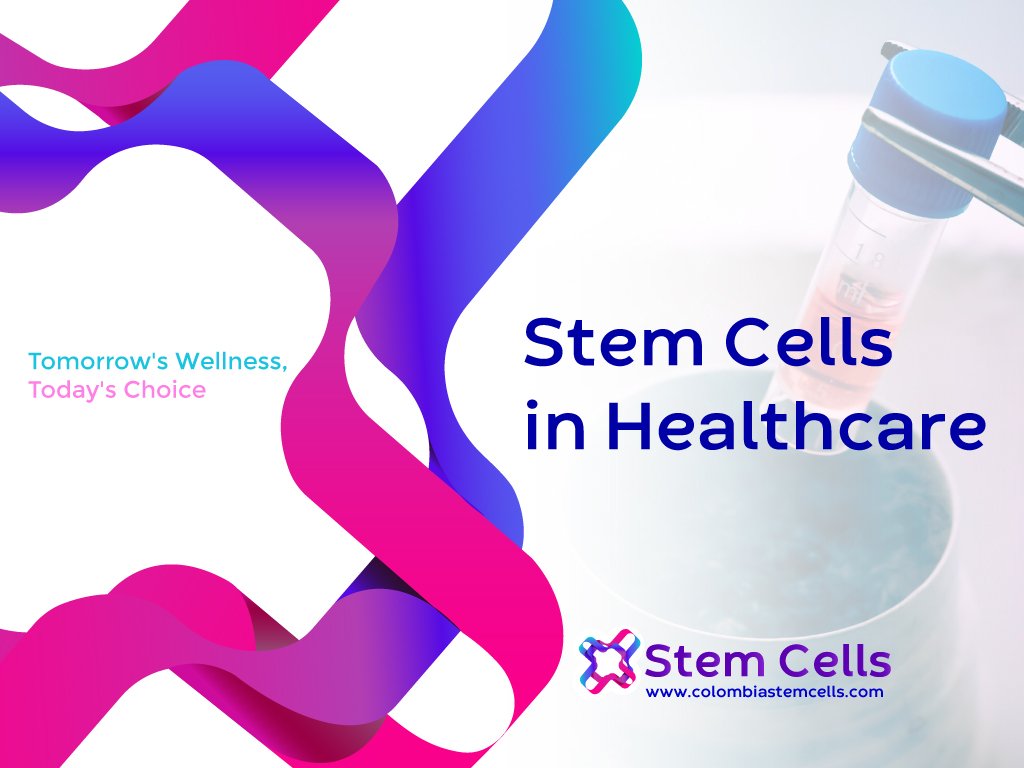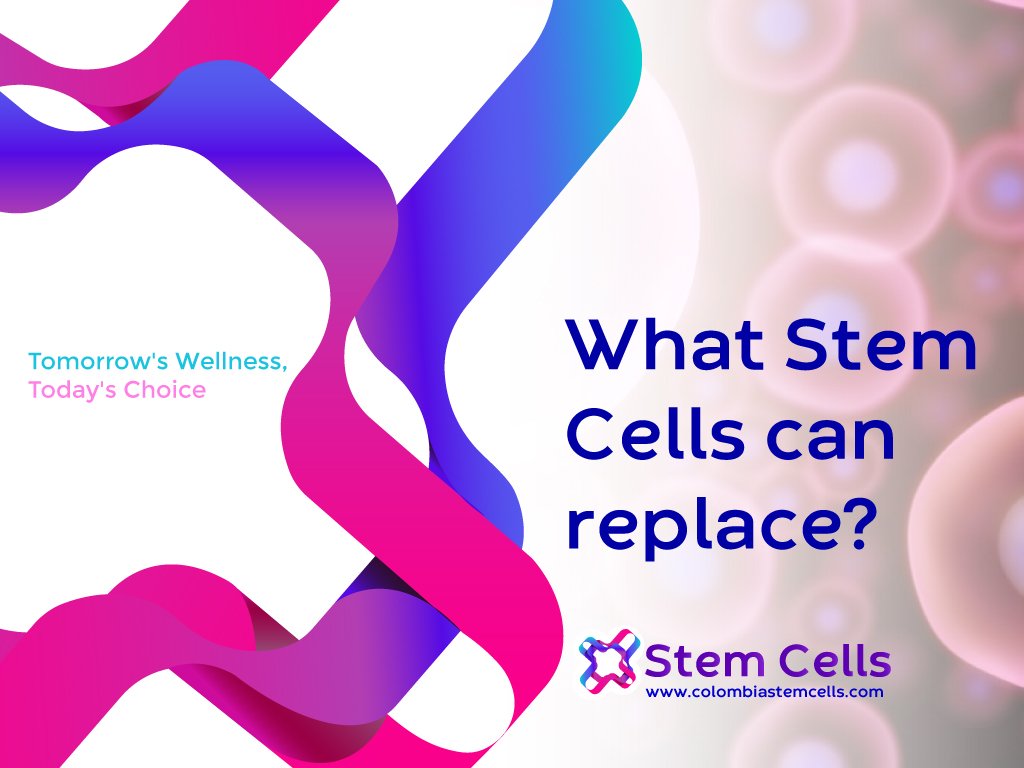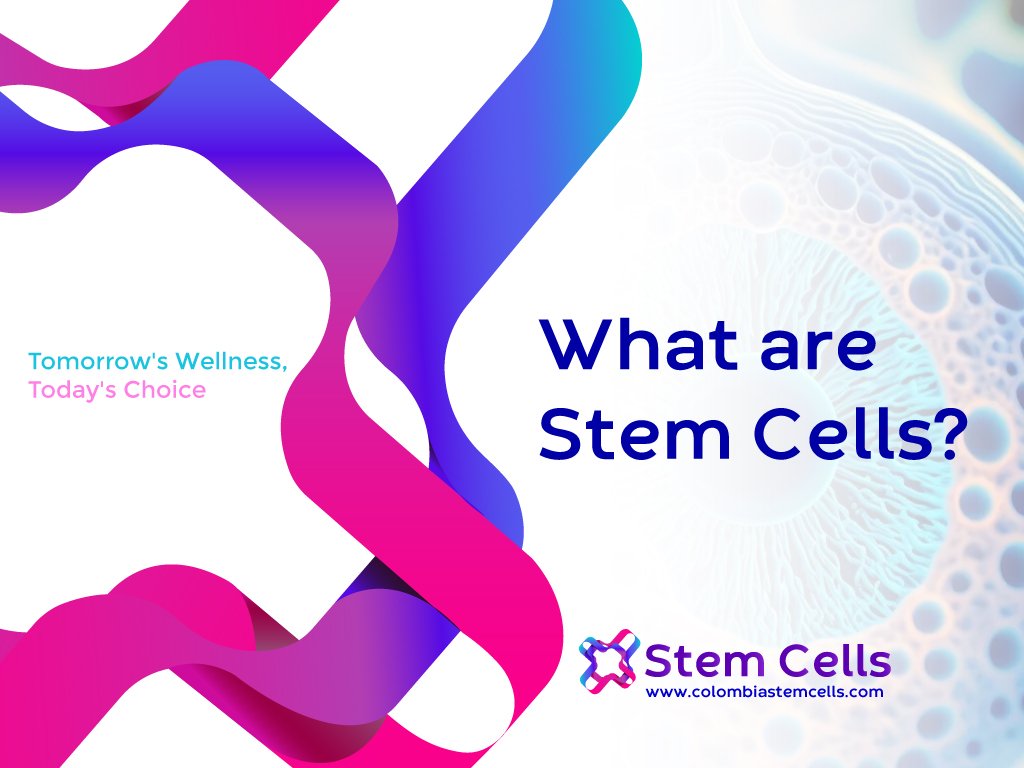What are Stem Cells?
Stem cells are the maestros of the cellular world, the virtuosos of regeneration and repair. They’re like the master builders of our bodies, capable of transforming into a variety of different cell types, whether it’s to replace damaged tissue, build new organs, or keep our systems humming smoothly. These extraordinary cells are the unsung heroes, quietly residing in our body’s nooks and crannies, ready to step onto the stage when the need arises.
Cells as the chameleons of biology. They have a remarkable ability to adapt and become whatever specialized cell is required, be it muscle cells, blood cells, or even nerve cells. They’re like the universal donors of the cellular world, offering a helping hand whenever there’s a crisis. When injury strikes, or when our body needs to grow, repair, or rejuvenate, stem cells are the silent symphony orchestrating the healing process.
It’s important to note that not all stem cells are created equal. There are different types, each with its own set of talents.
Embryonic cells are like the fresh recruits, full of potential, but their use is more limited due to ethical concerns.
Adult stem cells, on the other hand, are the seasoned veterans, found in various tissues, and are often the go-to choice for medical therapies and treatments.
Cells are a fascinating and intricate part of our biological composition, serving as the body’s natural repair crew, working behind the scenes to keep us in harmony. They’re the unsung heroes, holding the promise of revolutionary treatments and medical breakthroughs, a testament to the magic and wonder of the human body.

Types and their uses?
There are several types of stem cells, each with its unique characteristics and potential uses. Let’s explore these types and provide real-world examples along with supporting arguments:
Embryonic Cells (ESCs):
Source: Derived from embryos in the early stages of development.
Use: ESCs have the broadest differentiation potential and can theoretically become any cell type. They are valuable for studying early human development and have potential therapeutic applications.
Real-World Example: ESCs have been used to generate insulin-producing beta cells, offering a potential cure for diabetes. Researchers have successfully transplanted these cells into diabetic mice, normalizing blood sugar levels.
Supporting Argument: ESCs’ pluripotency allows for the creation of specialized cells needed for various diseases, making them a versatile tool in regenerative medicine.
Adult Cells:
Source: Found in various tissues throughout the body, including bone marrow, adipose tissue, and blood.
Use: Adult stem cells play a role in tissue maintenance and repair. They are used in therapies to treat specific conditions associated with their source tissues.
Real-World Example: Hematopoietic cells in bone marrow have been used for decades in bone marrow transplants to treat blood-related disorders, such as leukemia and lymphoma.
Supporting Argument: Adult cells are readily available from the patient’s own body, reducing the risk of immune rejection and ethical concerns associated with embryonic stem cells.
Induced Pluripotent Cells (iPSCs):
Source: cells (e.g., skin cells) reprogrammed to revert to a pluripotent state.
Use: iPSCs are similar to ESCs and have the potential to become various cell types. They are valuable for disease modeling and personalized medicine.
Real-World Example: iPSCs have been used to model neurological diseases like Alzheimer’s and ALS in the lab, allowing researchers to study disease progression and test potential drug treatments.
Supporting Argument: iPSCs offer a limitless supply of patient-specific cells for personalized medicine and reduce ethical concerns since they do not involve embryos.
Mesenchymal Stem Cells (MSCs):
Source: Typically derived from bone marrow, adipose tissue, or umbilical cord blood.
Use: MSCs have regenerative properties and are used in treating various inflammatory and degenerative conditions.
Real-World Example: MSCs are used in clinical trials for conditions like osteoarthritis and graft-versus-host disease (GVHD) due to their anti-inflammatory and immunomodulatory properties.
Supporting Argument: MSCs’ ease of isolation and their ability to modulate the immune system make them promising for treating immune-related disorders and tissue repair.
Neural Stem Cells:
Source: Found in the central nervous system.
Use: Neural stem cells have the potential to generate various types of nerve cells and hold promise for neurological disorders.
Real-World Example: Clinical trials are exploring the use of neural stem cells to treat spinal cord injuries and neurodegenerative conditions like Parkinson’s disease.
Supporting Argument: Neural cells are specialized for the nervous system, making them essential for addressing conditions with limited regenerative capacity.
These examples demonstrate the diverse and practical uses of different stem cell types in both research and clinical settings. The choice of stem cell type depends on the specific requirements of the application, ranging from regenerative medicine to disease modeling and drug testing. Stem cell research continues to advance, offering hope for innovative treatments and a better understanding of complex diseases.



